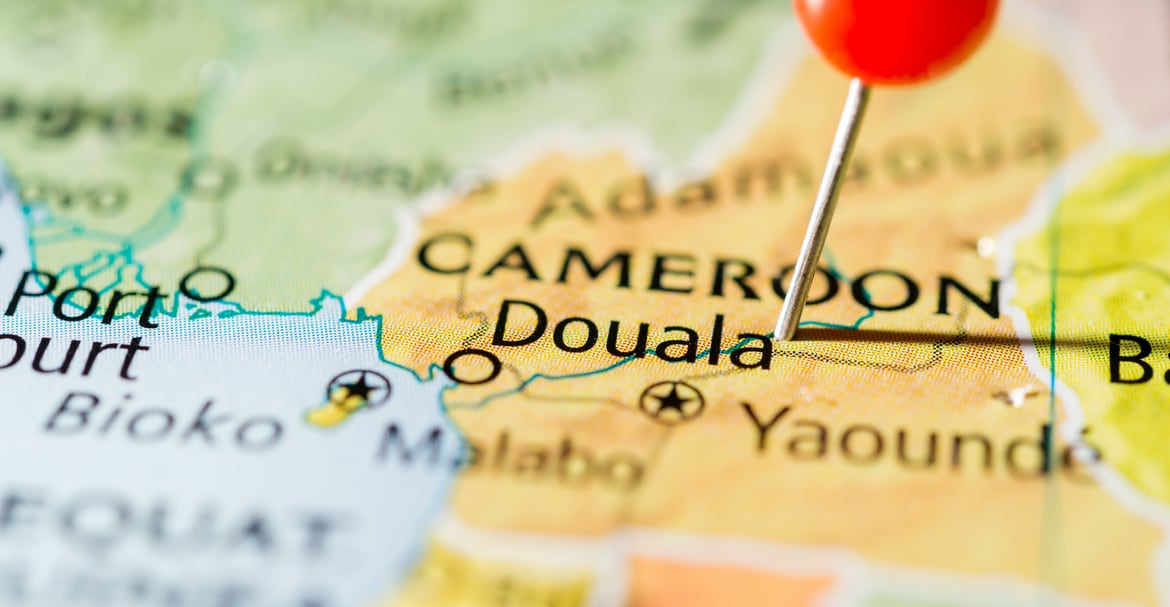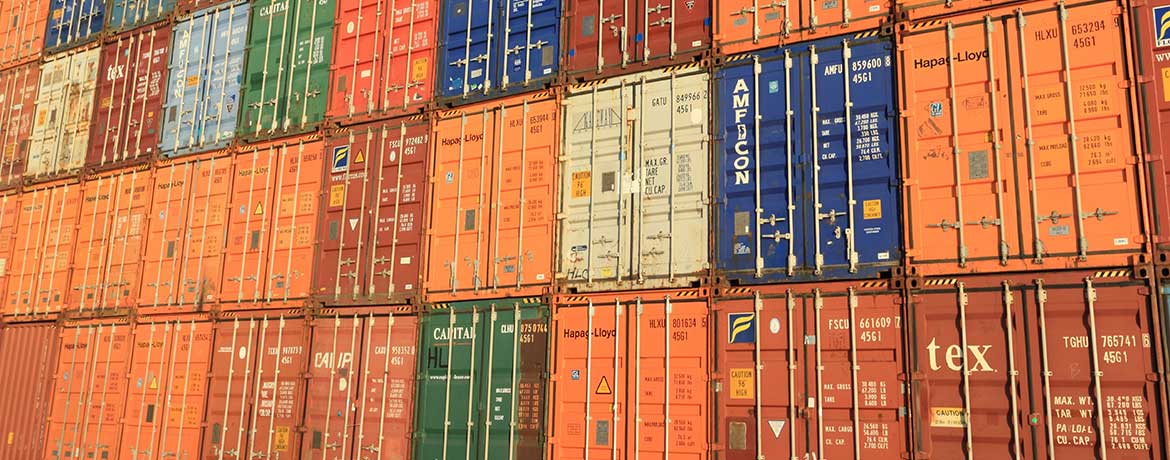September 26 2019
IMO 2020 REGULATION - CUTTING SULPHUR OXIDE EMISSIONS (Q&A)
From January 1st 2020 onwards, all seagoing vessels will have to reduce sulphur oxides by 85%. The new regulation is set by the International Maritime Organisation (IMO) with the aim of cutting sulphur oxide gas emissions, protecting public health and supporting the environment. Vessels must use marine fuels with a maximum sulphur content of 0.5% compared to the current limit of 3.5%.
Please find herewith a brief Q&A regarding this new worldwide regulation to the maritime industry. We kindly ask you to read/consult this Q&A carefully as the new regulation will have a significant impact on the whole industry.
What is the scope of IMO 2020?
The regulation will apply globally and throughout the industry to fuels used in the open sea. It will affect vessel operators, refineries, and global oil markets. In the Environmental Control Areas (ECA zones) an even stricter regulation remains, limiting the sulphur content to 0.1%.
How can vessel operators comply with the IMO 2020 regulation?
Vessel operators have the following choices to comply with the new IMO 2020 sulphur limits:
- 1. Use Scrubbers
Use Scrubbers (emission cleaning technology) to remove pollutants from the ship’s exhaust, which allows them to continue using higher-sulphur fuels. However, the process of installing Scrubbers is limited and expensive due to space and capacity constraints and will increase operating costs. In addition, the price and availability of higher sulphur fuels after 2020 remains uncertain.
- 2. Switch to non-petroleum-based fuels
Switch to non-petroleum-based fuels, such as Liquefied Natural Gas (LNG). This is feasible for newer vessels with appropriate specifications. However, the infrastructure to support the use of LNG is currently limited in scope and availability. Experts predict that by 2020 approximately 250-500 vessels, or a maximum of 10-12% of the global container fleet, will either be equipped with pollution cleaning technology or will be able to burn LNG. [Source Clarksons Research – June 2019]
- 3. Switch to a Very Low Sulphur Fuel (VLSF) or MGO
Switch to a Very Low Sulphur Fuel (VLSF) or MGO that complies with the new rules (Most likely choice). However, the cost, widespread availability and specifications of a new fuel for use in marine engines are still uncertain. The petroleum industry needs to adapt refineries and supply chains and is likely to pass these costs on to the market.
Who controls the implementation of the IMO 2020 regulation?
The Port State Control of the respective state is responsible. They will check logbooks, use sniffer devices and sniffer drones.
What will be the fine if a carrier does not comply with IMO 2020?
Depending on the jurisdiction, the penalties are high fines, ship arrest or even imprisonment of the captain.
What are the impacts and risks?
At this stage all we can predict is that it will cost more than currently used fuels. Today’s forecast assumes a short- to midterm increase in bunker prices but cannot be specified any further at present, as the aspects mentioned have a large influence on the price development. Due to the significant increase in bunker prices, every company involved in sea freight will be confronted though with rising and more volatile fuel costs.
What impact will IMO 2020 have on health and environment?
With the implementation of IMO 2020, the International Maritime Organisation aims to reduce total sulphur emissions from ships by 77% from 2020 until 2025. The overall objective is to reduce the negative impact of shipping on human health by decreasing air pollution from sulphur emissions by 68% globally and in particular in the coastal areas of Asia-Pacific, Africa and Latin America.
Please note that the IMO 2020 regulation focusses on the reduction of sulphur emissions, not on the reduction of carbon dioxide emissions. So there will not be a direct impact on the global warming, but reducing sulphur emissions helps prevent acid rain and combats ocean acidification.
What will be the impact on freight rates and operations?
According to current calculations, the expected increase in costs will have a significant impact on the overall prices of container transportation and on freight rates. Whilst the implementation date for IMO 2020 is January 1st 2020, we anticipate freight rates to increase as early as November 2019. Therefore, long-term agreements for both full and part load containers will include a price adjustment method also known as Bunker Adjustment Factor (BAF).
When and how will the extra costs for IMO 2020 compliance be charged?
As from November/December 2019, when the cleaner bunker will be used by the first ships.
What is the Low Sulphur Surcharge (LSS)?
In the dedicated Environmental Control Areas (ECA) in Northern Europe, North America and parts of Asia, the use of even cleaner fuel with a sulphur content of 0,1% is mandatory. This fuel is even more expensive and will be priced separately.
Will there be extra surcharges for large shippers from the carriers?
The IMO 2020 regulation applies to everyone, regardless of the shipped volume. Fuel consumption values (Trading Factors / Bunker Adjustment Factor BAF) apply equally to all too.
Will there be a ‘grace period’ from January 1 for the current 3.5% sulphur being used by ships?
No. All seagoing vessels have to comply with the new rule from January 1st 2020.
In case you have any questions with regards to this Q&A, please don’t hesitate to contact your regular Mareco contacts.










